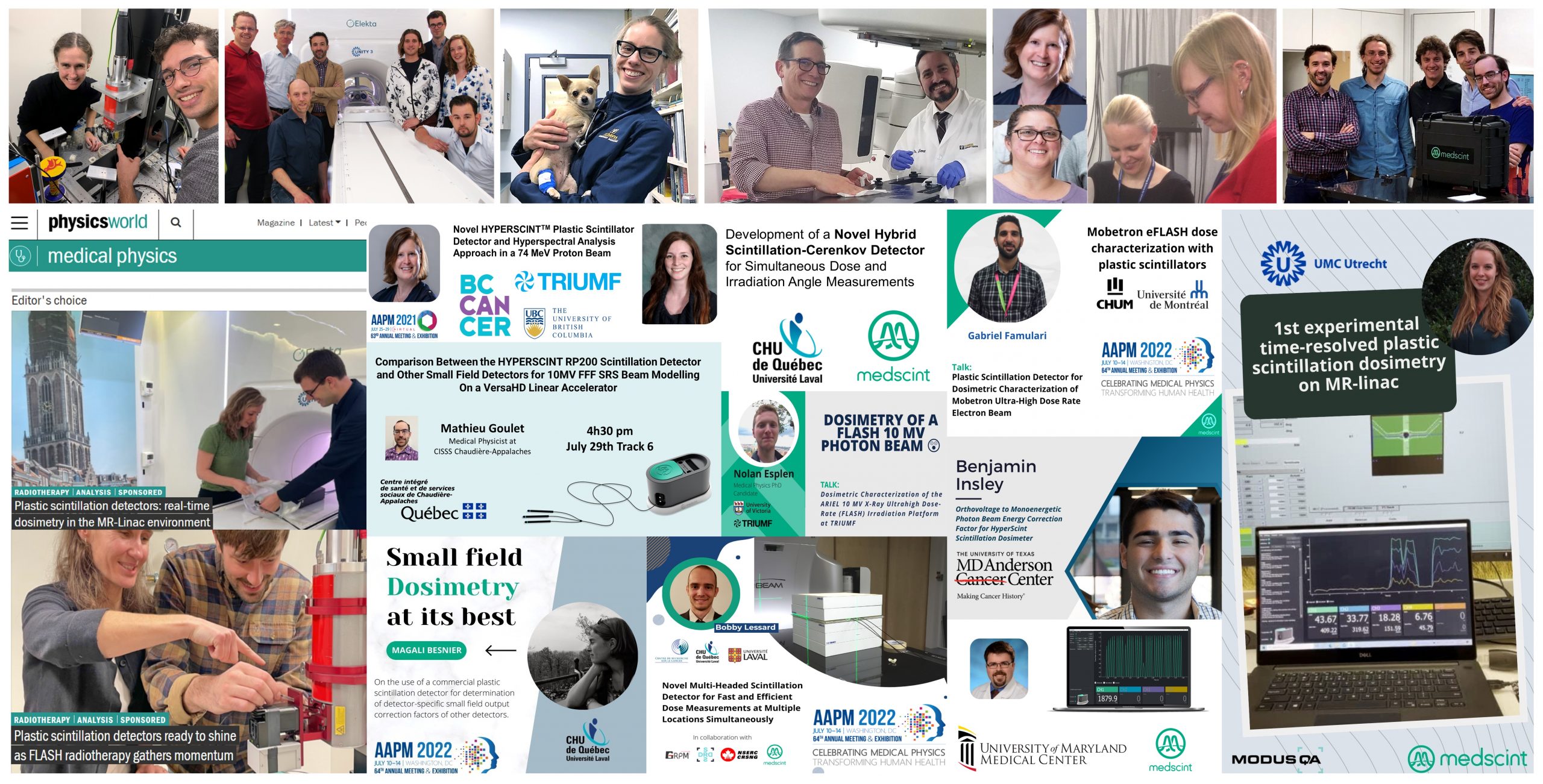The goal of this study was to evaluate the nature of the stem effect light produced within an optical fiber, to quantify its composition, and to evaluate the efficiency of the chromatic technique to remove the stem effect. The chromatic stem effect removal technique is accurate in most of the situations. However, noticeable differences were obtained between very specific high-energy irradiation conditions. It would be advantageous to implement an additional channel in the chromatic stem effect removal chain or implement a spectral approach to independently remove the Cerenkov and the fluorescence components from the signal of interest. This would increase the accuracy and versatility of the actual chromatic stem effect removal technique.
PHYSICS IN MEDICINE & BIOLOGY
F.Therriault-Proulx (1)(2), L.Beaulieu (2)(3), L.Archambault (2)(3), S.Beddar (4)(1) | 1- Department of Radiation Physics, The University of Texas MD Anderson Cancer Center, Houston, TX, USA, 2- Département de Physique, de Génie Physique et d’Optique, Université Laval, Québec, Québec, Canada, 3- Département de Radio-Oncologie, Hôtel-Dieu de Québec, Centre Hospitalier Universitaire de Québec, Québec, Canada
